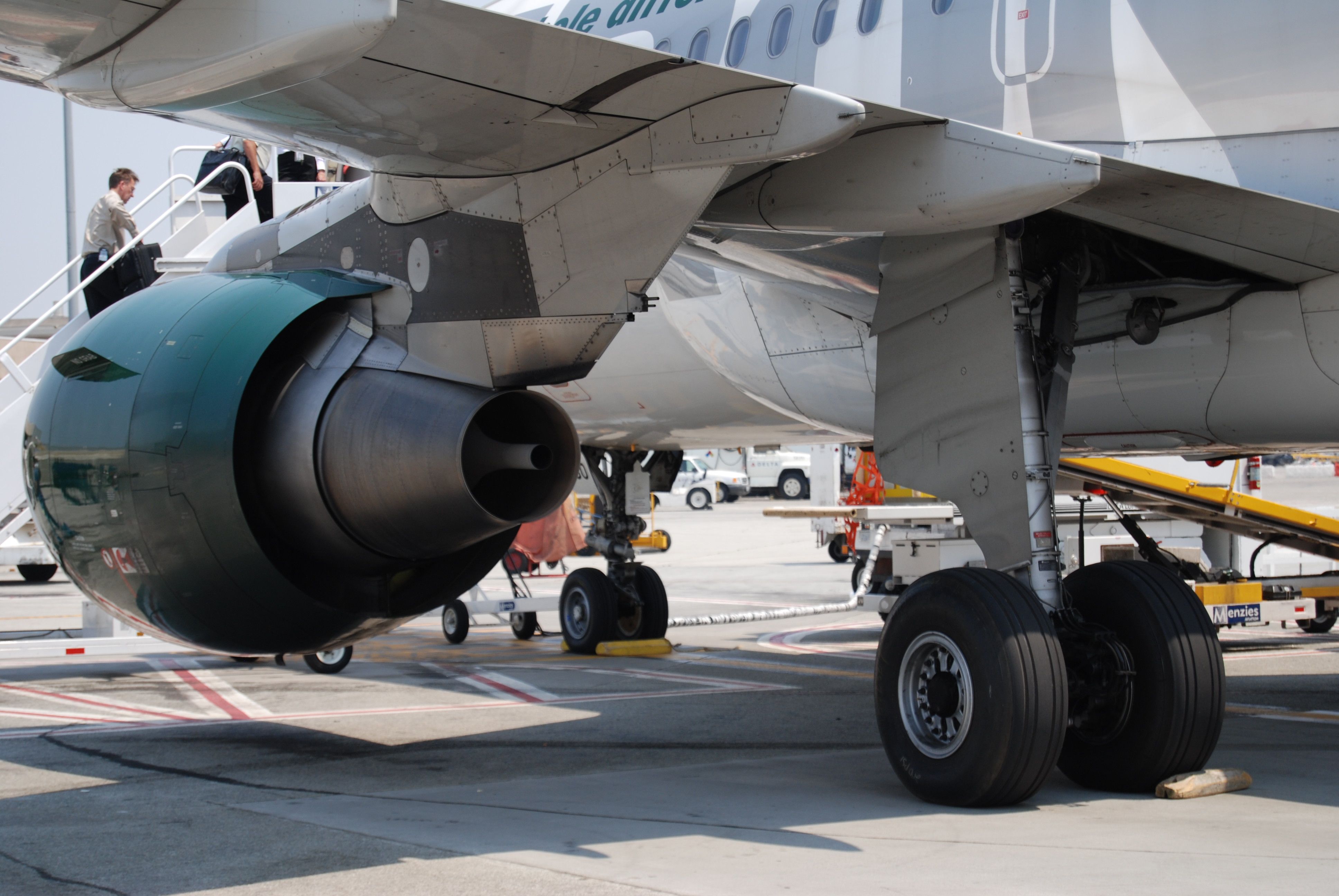Before we get into some of the peculiarities of flying into and out of Seattle–Tacoma International Airport (SEA) let’s first take a look at the airport’s history. After the United States military took control of Boeing Field during WWII the Port of Seattle and the city of Tacoma got together to build a civilian airport.
Today SEA is the primary commercial airport serving the Seattle metropolitan area. It is the busiest airport in the Pacific Northwest, and a major Alaska Airlines hub, and an international gateway for Delta Air Lines. In 2021 SEA served more than 36 million passengers, making it the 10th busiest airport in the United States.
SIMPLE FLYING VIDEO OF THE DAY
SEA does not have enough airbridges
Because of construction projects at SEA, many passengers must get to and from the aircraft by bus. While this may be acceptable at underserved airports, you would think that SEA would have enough airbridges to cope with the traffic. Unfortunately, that is not the case; Buses must still take passengers to and from some flights.
When defending why it still needs to transport passengers to and from the plane by bus, SEA says that ground boarding operations are done every day worldwide. SEA says that more than 300 airports in 100 countries transport passengers to and from the aircraft by bus. And, if you have traveled outside the USA, you have probably experienced this. In the United States, meanwhile, this form of getting to and from the aircraft is less common, with only 21 airports using some form of ground transportation.
SEA Concourse D. Photo: SEA
SEA is struggling to keep up with growth
SEA says that because of its growth, it has been unable to keep up with the number of flights arriving at the airport and had no choice but to use ground transportation until terminals are expanded, and more airbridges are added. The airport also states that terminals would be overcrowded without ground transportation to and from aircraft, and passengers would have to wait much longer to disembark and board flights. This would be especially problematic during peak periods of the day.
Airports charge airlines to use airbridges and the convenience of parking next to the terminal. Some budget carriers like Frontier Airlines do not want to pay extra and are quite happy to use buses. When Norwegian used to fly to Seattle, they never paid for a gate, preferring to park away from the terminal and use buses.
Meanwhile, when you look at the overall picture and compare it to other airports globally, SEA only transports about 1% of passengers by bus to and from the plane. This number is quite minuscule when noting that two of Europe’s busiest airports, London Heathrow (LHR) and Frankfurt Airport (FRA), transport 6% of passengers by bus.
SEA also claims that some passengers would prefer to board the plane by bus (of which I am one). Rather than going from one tube into another, the journey out to the aircraft can be fun. Using a bus allows you to see what is happening at the airport and see other planes up close.
The ride to and from the terminal to the planes takes around six to eight minutes. If you are arriving or departing on a large widebody, the time can be faster than an airbridge as passengers board and disembark from both the front and the rear of the aircraft.
SEA new international arrivals terminal
Earlier this year, SEA announced the construction of a new international arrivals terminal and the world’s longest aerial walkway over an active aircraft taxi lane. Because of the height of the walkway, any aircraft on the taxiway will have enough clearance to pass beneath it safely.
What do you think about bus transportation to and from the plane to the terminal? Please tell us your thoughts in the comments.





